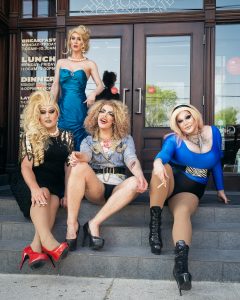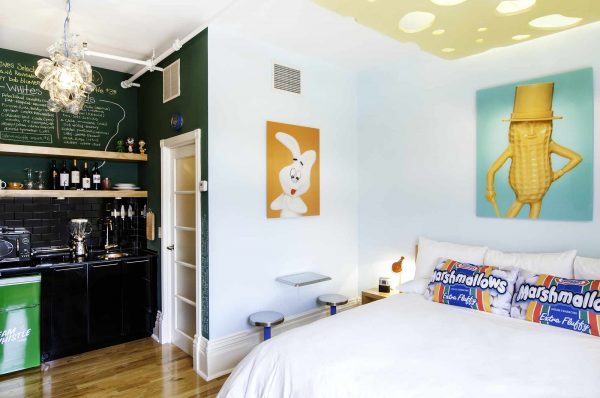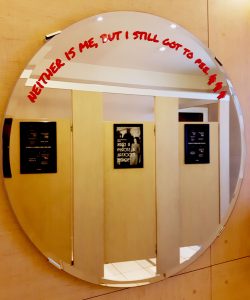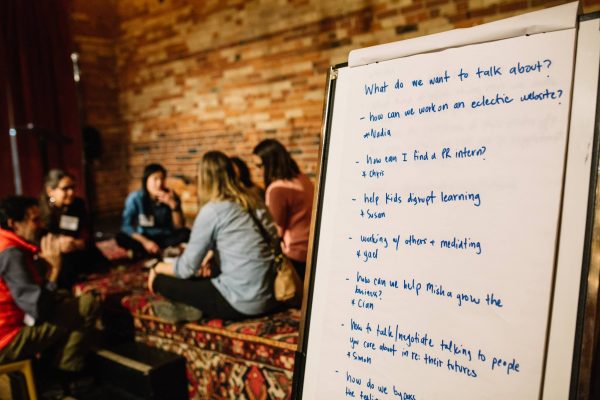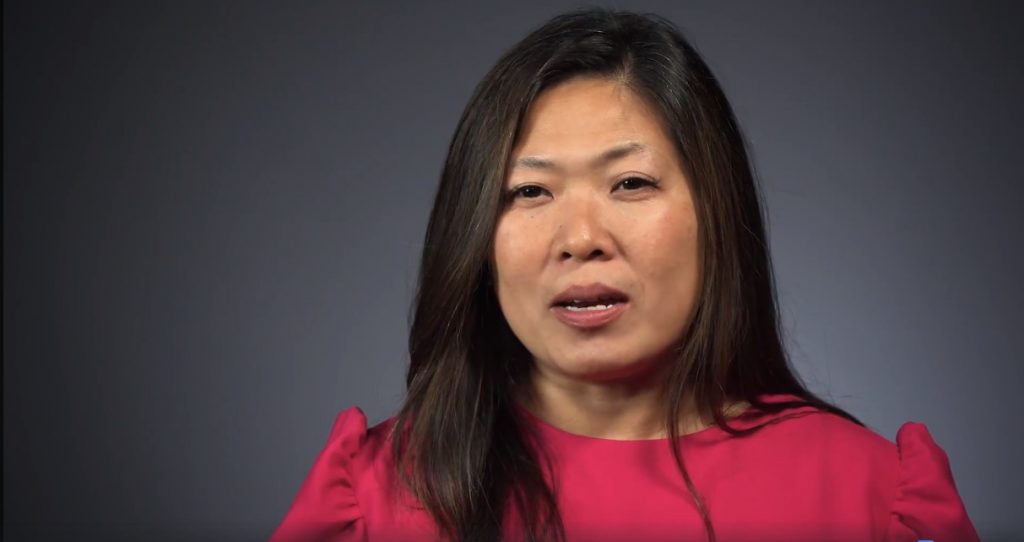
Sabrina Dias was 13 years old when she saw the Challenger space shuttle explode into flames on TV, killing seven astronauts on board, including teacher Christa McAuliffe. After Dias learned the disaster was caused by a design flaw, she decided that she would learn how to fix it. That led her to earning a degree in ceramic engineering at McMaster University in Hamilton, Ont.
A personal tragedy—the loss of her mother to cancer, which put her in charge of caring for a younger sister—caused Dias to take a job closer to home and sidestep into mining. Now at 46, Dias is a sustainability specialist in that sector where she remains keener than ever on fixing things to prevent massive blowups. Dip into a newspaper on just about any given day and you’ll discover that the mining sector has an awful lot to fix.
Mining is a leading cause of deforestation, habitat loss, and contamination of soil, water, and air. Workers and surrounding communities often suffer from the health and safety consequences. Then there’s the Wild West mentality of some companies that barge into a region with little consultation and extract maximum profit while returning minimum benefit to local communities that bear the brunt of the environmental degradation. A study by Shin Imai, a professor at York University’s Osgoode Hall Law School, lists a litany of abuse connected with Canadian-owned mines in Latin America alone: local women being raped by security forces and mine workers; and protesters being beaten, arrested, kidnapped, and killed in violent clashes with mining security forces.
“A shit show,” is how Dias described one mining site in Africa. She was called in to conduct a risk assessment on the site while working for a major gold company, which was plowing ahead with the construction of a mine without meaningful community consultation. The site faced daily violent protests. “I was on site when it was attacked,” says Dias. “I was as scared as I have ever been. People were throwing rocks and pipes over the fence. Workers were being attacked in town. The anger on peoples’ faces was beyond rational, but that is what happens when people feel they aren’t heard.”
Dias recommended the company stop construction and restart community engagement. Executives didn’t care to take her advice. Nor did they heed her recommendations at another site where newspapers were reporting that women in local communities were being raped by contractors working for the mine. Her report, she says, “was wiped out” as it went to senior management. Her job was to help the company improve community relations, but she was being handcuffed from doing so. “It was a really toxic workplace,” Dias recalls. “I would go into the office in the morning feeling sick. I thought, ‘I’m not going to let them win.’ But they ultimately won and packaged me out.”
It took her two months to recover from what she calls serious workplace bullying to shut her work down. She gave serious thought to leaving the mining sector, as many women do. “That book, Lean In, is bullshit,” Dias laughs now. “I couldn’t lean in anymore. I thought, mining is totally unethical. It was soul killing. I thought I could move the sustainability needle from the inside and sometimes you just can’t do it.”
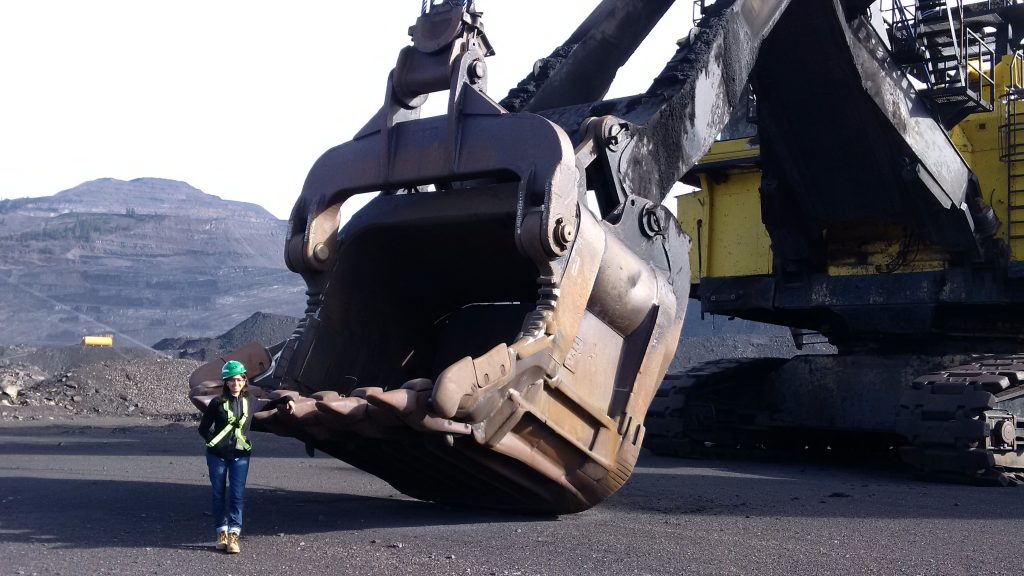
Then a former colleague asked her to write a sustainability plan for another mining company, and Dias figured maybe there was another way she could help mining companies become better corporate citizens. That’s when she used her severance package to start her own boutique consulting firm providing sustainability strategy and reports.”I thought I could move the sustainability needle from the inside and sometimes you just can’t do it.” –Sabrina Dias
As Dias points out, mining can never be completely sustainable; it involves altering an environment and extracting resources after all. Yet, we all have mining’s dirt on our hands when we consume its products in our vehicles, houses, infrastructure, tools, appliances, and even our computers and cell phones. According to one industry report, each American will consume some 27,400 pounds of iron ore over a lifetime. So, for Dias, the question is how do we reduce the impact of mining and make this valuable sector as sustainable as possible?
A core part of her business is producing sustainability reports (a performance report of a company’s environmental, social and governance (ESG) perfromance) that are increasingly used by investors, governments, and communities to judge a company’s performance on social, environmental, and economic sustainability as well as governance. She favours a tagline: “You measure what you value and you value what you measure.” Millennials, she says, are looking to invest in companies that not only pay well, but do good. And traditional investors are getting savvy to the fact that companies that score well on the Dow Jones Sustainability Index and the Global Reporting Initiative often outperform sustainability laggards in earnings.
Dias says her work, ultimately, is about reducing risks for everyone—companies, investors, and local communities. “One shitty engagement with a community and protesters hook up to social media and the mine is shut down and stock prices plummet,” says Dias. “A company has everything to gain by integrating sustainability into its operation. It has proven to be good for the bottom line.”
Dias’s company, founded under her name in 2014, is now relaunching and incorporating as SOOP Strategies. It’s a lean operation with five associates based in various countries who are able to work around the globe, along with three senior advisors she calls her “gray hairs.” She turns to them for expertise, mentorship and, on occasion, to help open doors when, as she says, the “optics of a petite brown woman” prove a barrier.
One of those gray hairs, Jacques Gérin, a former vice president of the Canadian International Development Agency (CIDA) and deputy minister of Northern Development for Canada, calls Dias “very much a pioneer” in the field of mining sustainability. He likes to tell this story: When Dias went back to school to add a Masters in Environmental Studies (MES) to her engineering degree, she did a survey of mining’s impact on local communities in Madagascar for her thesis. But she didn’t just ask questions, Gérin says. She lived in the affected communities for weeks at a time over that year. “It took a lot of guts to do that,” he says. “It’s a very poor area and there were language difficulties. It impressed me. A man wouldn’t think that way, but a woman goes in and actually lives with people who she studies.”
In fact, Dias’s thesis advisor warned her against doing exactly that. Getting so close to her subjects is called “going tribal,” says Dias. “They worry about you getting too attached to people and their stories. But how could I not?” She calls that year life changing. What she learned then still informs her work today. “I learned about people’s fears and concerns. There’s a mining company (in your community) and they’ve hired some of you but not all.” So how can the mining company help improve the local economy and infrastructure for everyone? “Doing the right thing,” she says, “is about building trust and mutual benefits. People want running water, a school for their children.”
Her company website features a picture of Dias visiting with villagers in Madagascar, accompanied by a question: “Can you tell which one’s me?” Dias jokes that she has one of those complexions that allows her to fit in near anywhere. Her parents are from South India, of Portuguese descent. The point, she says of the photo, is that, “Everyone’s the same, whether you live in Toronto or a bush in Madagascar. Bottom line, we all want a better life for our children.”
But Doing Right Doesn’t Come Easy
Dias says she wants her company to become the Canadian mining consultant on sustainability reporting. Yet, in the next breath, she says she doesn’t want to grow too fast or large, lest that compromise the values she can bring to the sector—and the unique corporate culture she has built up. “Everyone (on the team) feels a higher purpose to what we’re doing,” says Dias.
In contrast to larger consulting firms, her teams don’t sell strategies and assign the actual work to a junior. They want to be the ones on the ground doing the work, with the client benefitting from their experience and values. Says Gérin, “What stands out in her whole career is her sense of values. She doesn’t shy away from them. People who hire her will get the full Sabrina [Dias] and things she believes in.”
Of course, there are other obstacles to growth that Dias wouldn’t mind overcoming. The first is mining’s notoriously fickle commitment to “doing the right thing.” When times are good, it’s easier to spend money on what’s often considered the “soft values.” When belts tighten, things like sustainability reports are often the first to get cut, which can make client retention difficult.
Such thinking is shortsighted according to Carole Burnham, another senior consultant to Dias. “In this century, people recognize they won’t get to do what they want [i.e. a permit to open a mine] unless they behave more responsibly,” she says. “You can’t have unrestrained capitalism in anything [with profits flowing almost completely to owners and shareholders]. You have to have proper governance and regulation and enforcement to make sure what people are committing to, they follow up on.” Burnham says mining is transforming, but too gradually.
And Being a Woman Doesn’t Make It Easier
Another challenge Dias faces is being a woman in an industry heavily dominated by men. According to Women Who Rock, an association dedicated to advancing women in mining, the sector has a problem both attracting and retaining female talent. Currently, women represent only about 17 percent of those working in the Canadian mining industry, which has barely increased from 11 percent in 1996.
Burnham, who has a PhD in chemical engineering and more than 30 years of industry experience, says the mining sector presents unique challenges for women. The work is often done in remote, isolated camps and in countries that are often politically unstable and dangerous, which makes it difficult for women caring for children. Dias, herself, spent years overseas, working on site for eight weeks and flying home for two. It’s hard on a relationship, she says, and when it came time to start a family, she wanted to work closer to home.
As well, such sites often lack proper facilities for female workers, such as safe quarters, bathrooms, and daycare. Even the clothing—like overalls designed for men—can be cumbersome and inconvenient. Frustrated, one Canadian woman left mining to start a clothing line for women in trades called Covergalls.
At the corporate level, Burnham says executives are so used to dealing with other men that they overlook women, even when they’re in the room. “It’s almost as if you’re not there. I find that if you’re in a meeting and there are a lot of people around the table, if same advice comes out of a male’s voice, people tend to hear it more than if a female is speaking,” she says. “It’s not necessarily deliberate. It’s almost unconscious.’
Ian Pearce, the former CEO of Xstrata Nickel, since bought by Glencore, has been an outspoken advocate for gender balance in mining. He says his wife, a professional engineer, quit the sector after facing sexism in the workplace “daily, hourly.” He believes the industry is going backwards rather than forwards. “We are laggards as a sector,” he says. “At times I am severely embarrassed by my male colleagues when you listen to some conversations they have. The world is being created for men and is still for men and it needs to be rebuilt.”
When Pearce pushes gender diversity, fellow executives often push back, asking why he’s not promoting diversity in general. “Diversity is good for mining,” he says, “and it helps in any form, by discipline, culture, by gender, and in diversity of thought. [But] I think once you get gender diversity in, the rest will come faster. It’s through gender we can break the ceiling on diversity.”
He admires Dias for not only sticking in the industry, but sticking to her values and setting up her own shop to promote them. “It’s courageous of someone like her,” he says. “It takes leadership and vision to take that chance.”
When Reaching Out for Help Helps
For her part, Dias says she draws on all the support she can get. She recently enrolled in BDC Capital’s The Artemis Project, geared to helping women entrepreneurs in mining and metals grow their businesses. According to BDC’s statistics, less than two percent of women entrepreneurs reach $1 million in annual revenue in Canada and fewer than one present of supply chains procure from women entrepreneurs. These stats have not budged in 15 years.
Dias also recently attended the Entrepreneurial Feminist Forum, co-produced by LiisBeth founder Petra Kassun-Mutch and three other leading feminist entrepreneurs. It was a relief, she says, to spend a day surrounded by others like herself, people who get her values.
But her company may get its biggest assist from tightening regulations in both developing countries and Canada, which will force mining to make a greater commitment to sustainability. As recently reported in The Globe and Mail, countries such as Guatemala and Chile are doing more to protect their land and Indigenous communities from the negative impacts of mining, suspending operations and bringing companies to court that don’t adequately consult with local communities.
Canada recently appointed an ombudsman to hear and resolve complaints against Canadian mining companies. And Indigenous peoples in developing countries are beginning to sue Canadian mining companies through Canadian courts, rather than weaker local justice systems. That means Canadian operations in developing countries can be held to the same human rights standard as Canadians have at home. That could put Canadian mining companies at a competitive disadvantage—or it could earn Canada a reputation for sustainable mining around the world, making Canadian companies a preferred supplier with progressive manufacturers and investors.
Says Dias: “It is a clean indicator that much more is expected of the Canadian mining industry. And rightly so. Sustainable development can no longer be transactional. It is still often treated as a ‘nice to have’ by way of philanthropy. Terms like CSR [corporate social responsibility] or SLO [social licence to operate] reflect and imply that social sustainability should remain on the periphery of operations, or one-offs without continued effort and management. Sustainability needs to be integrated into the core of a business strategy, concrete planning, which is the approach we bring to clients and on which I have always believed. The exciting part for me is that we are ready to convert that awareness into real action.”





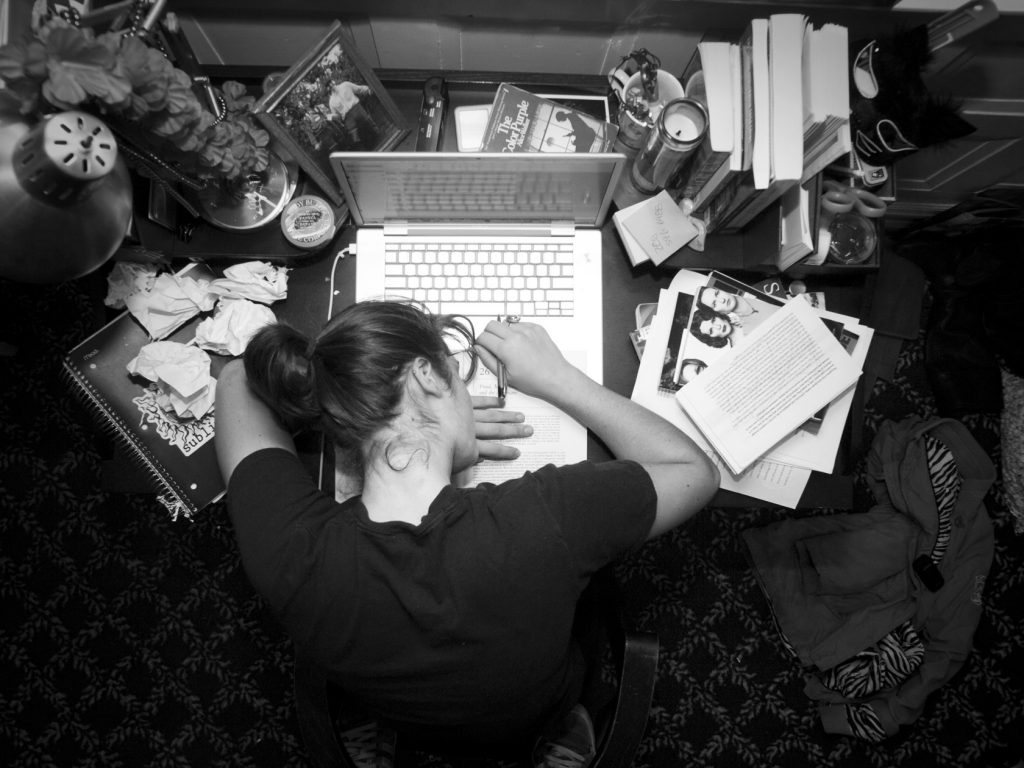

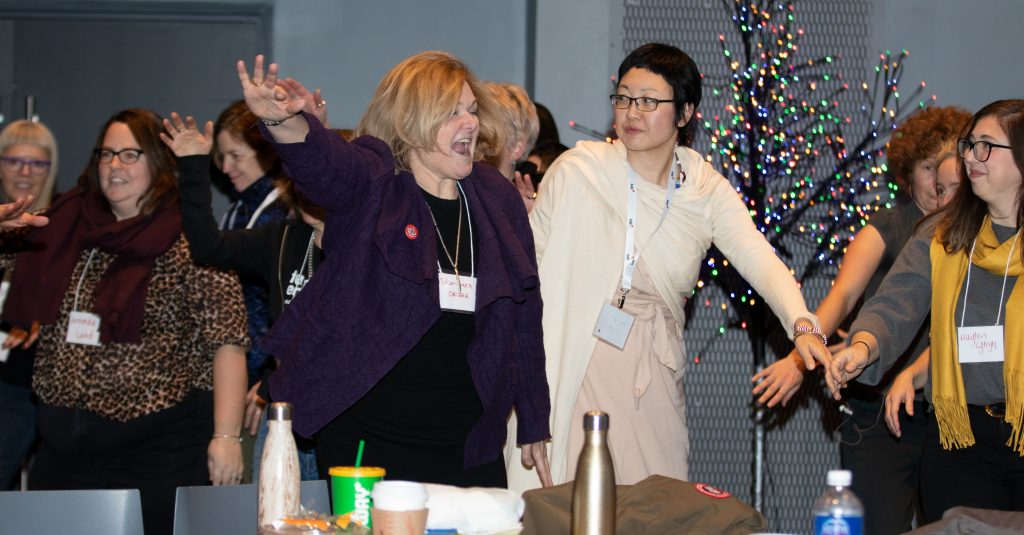

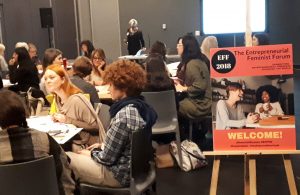
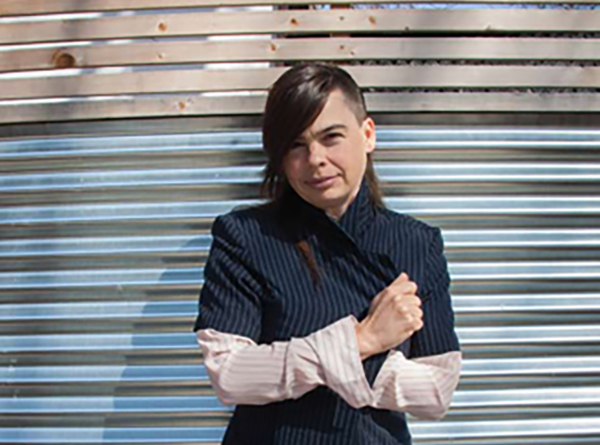
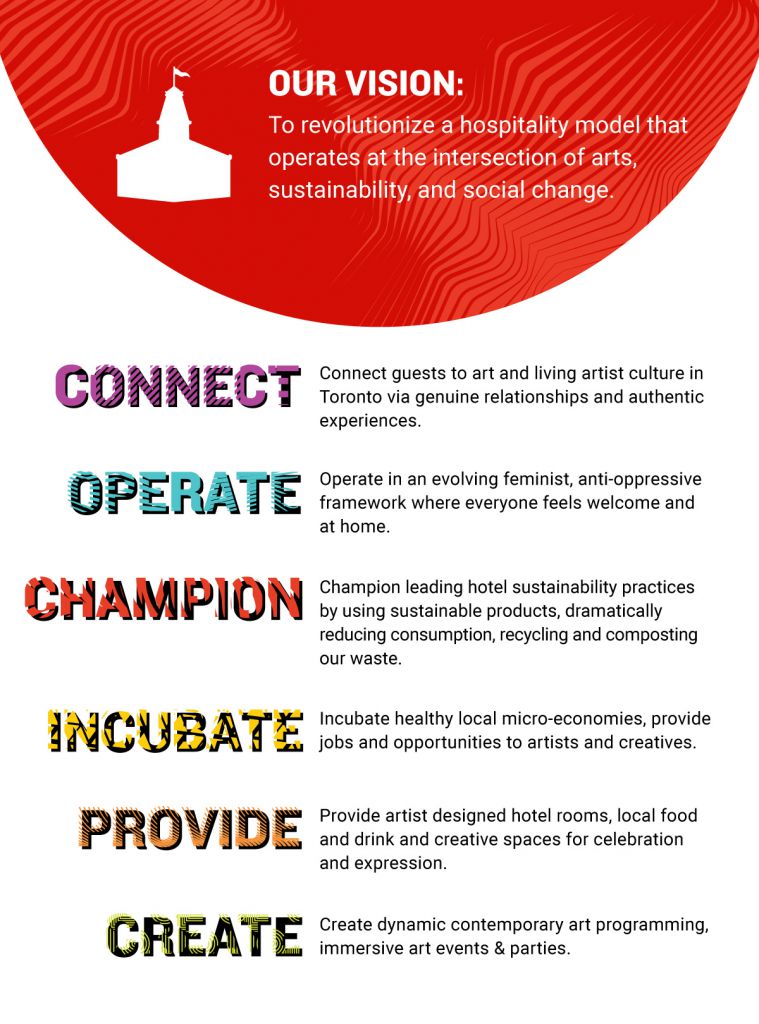 They put action to words by writing an employee operating manual based on Zeidler’s original documentation. Zeidler wants her employees to know their rights. The
They put action to words by writing an employee operating manual based on Zeidler’s original documentation. Zeidler wants her employees to know their rights. The 